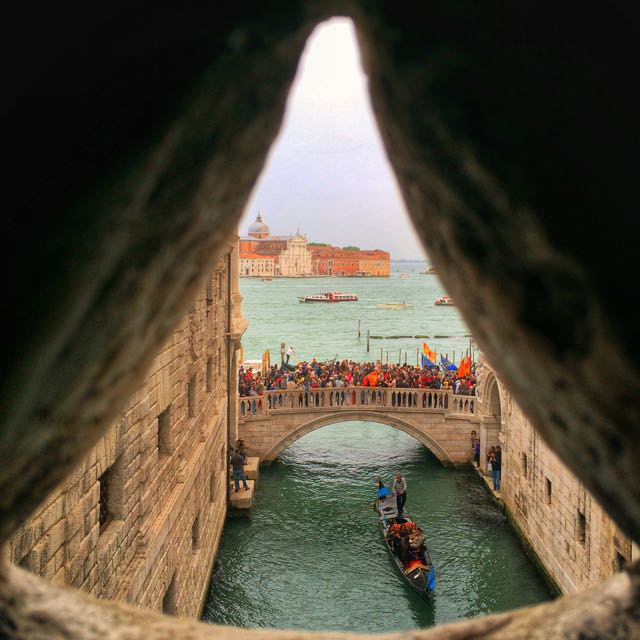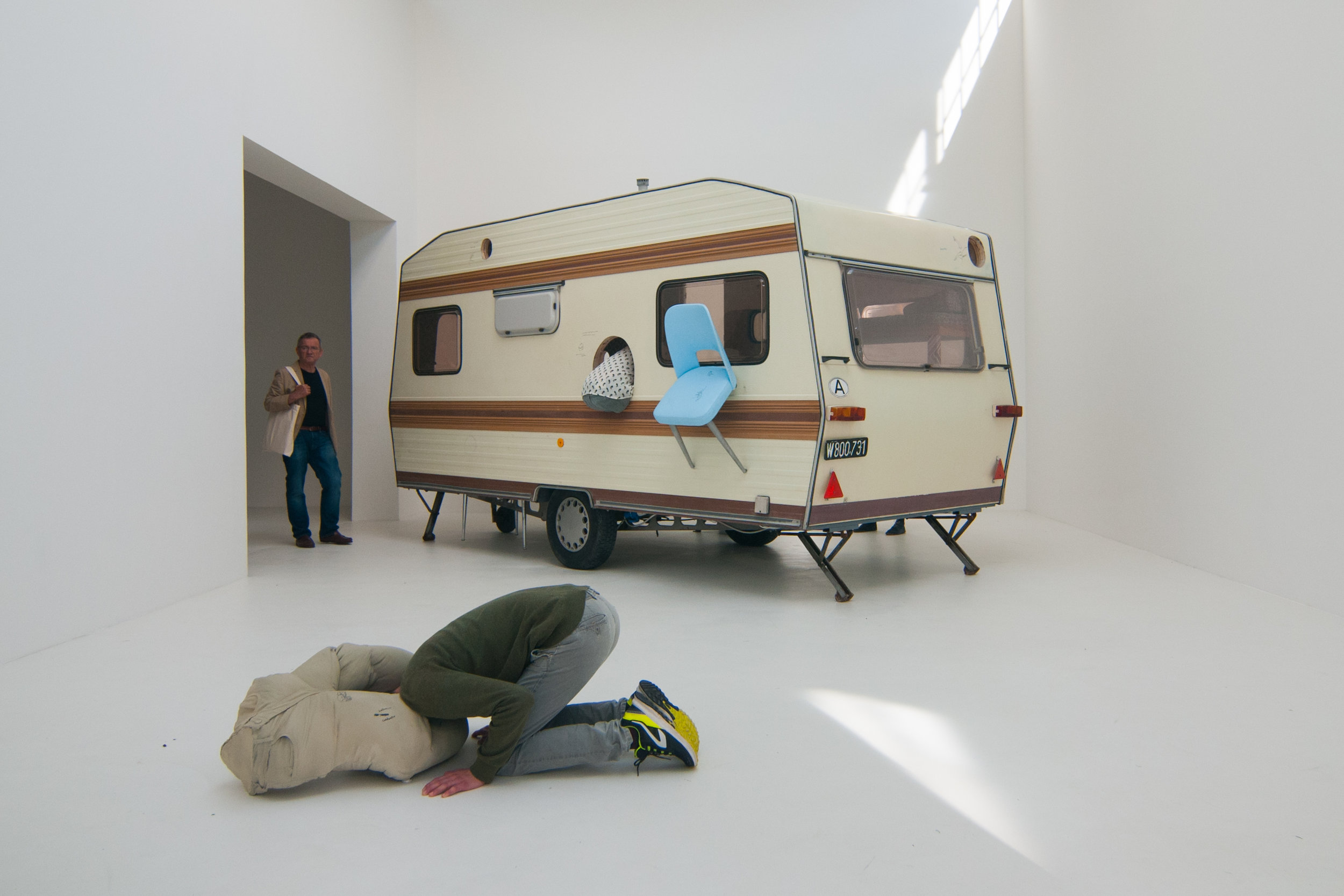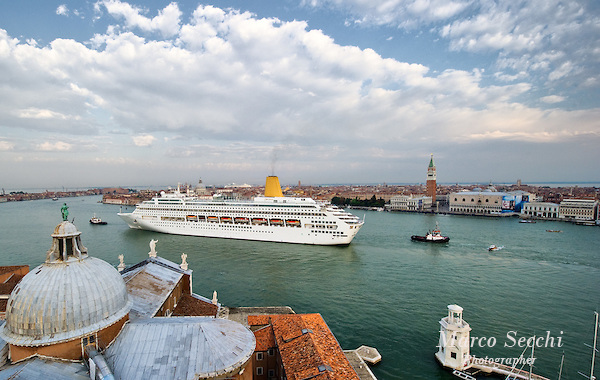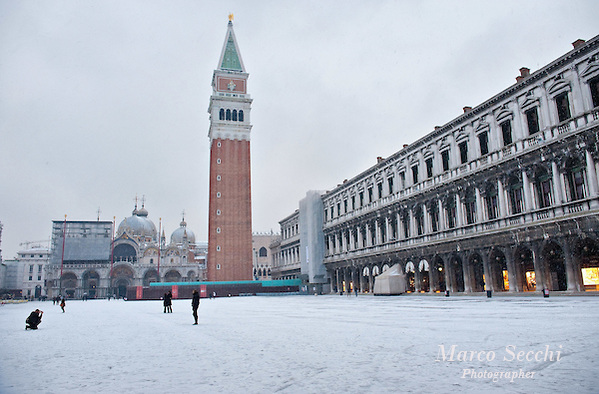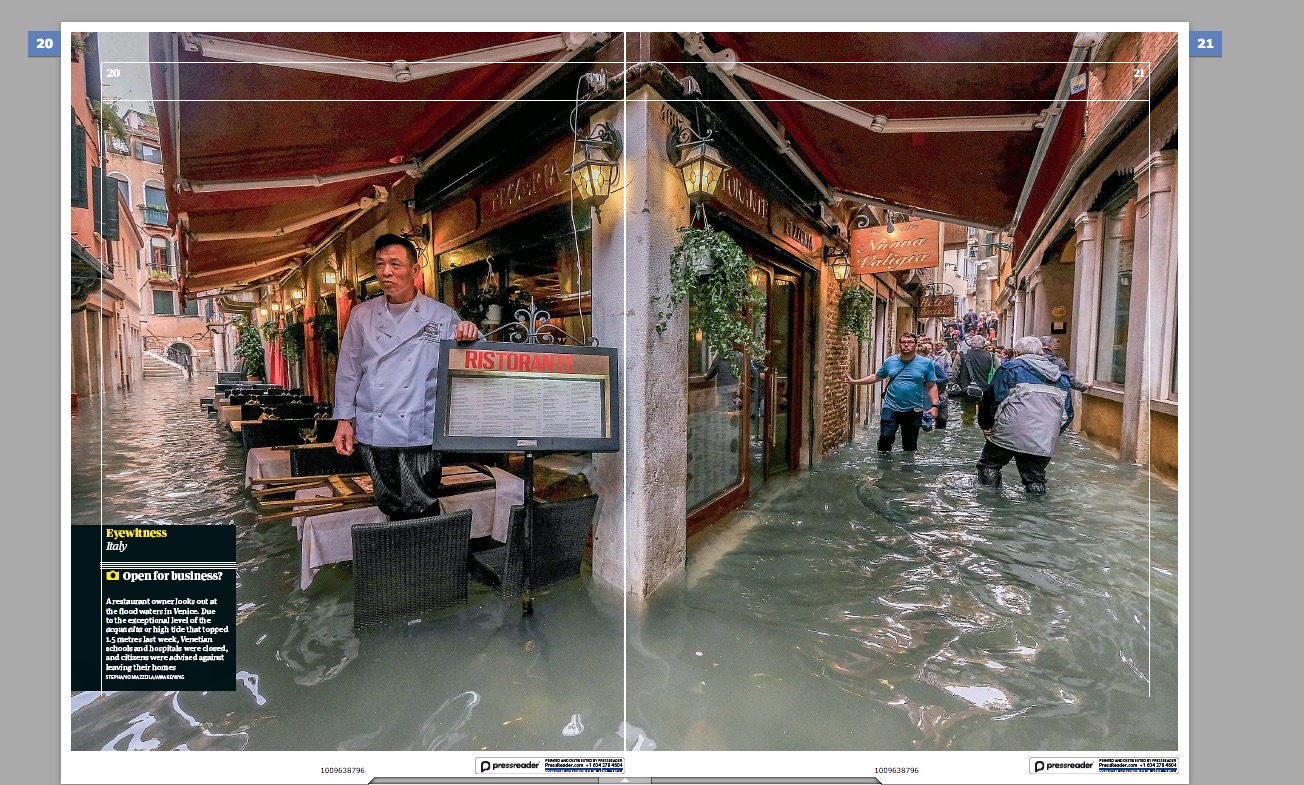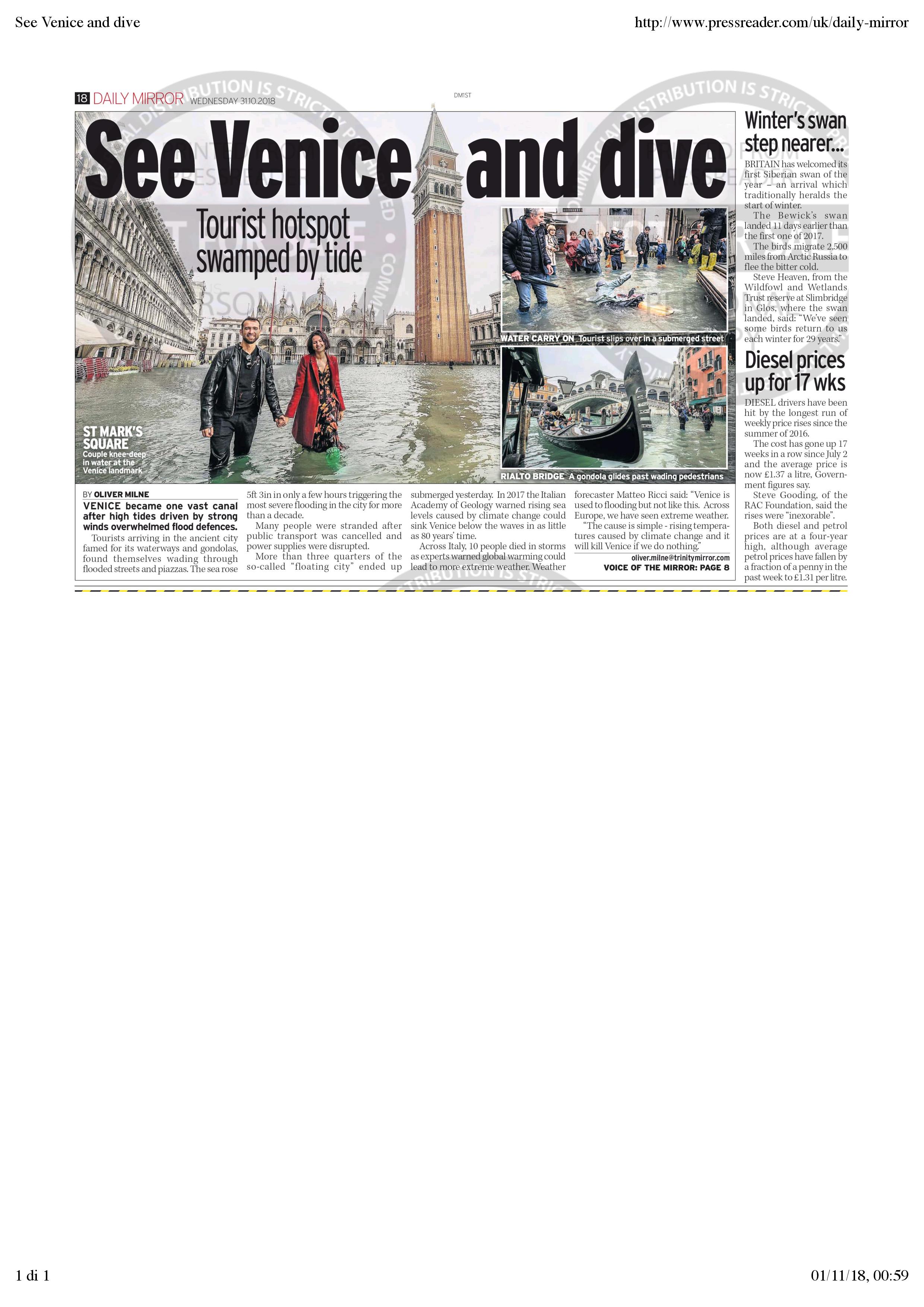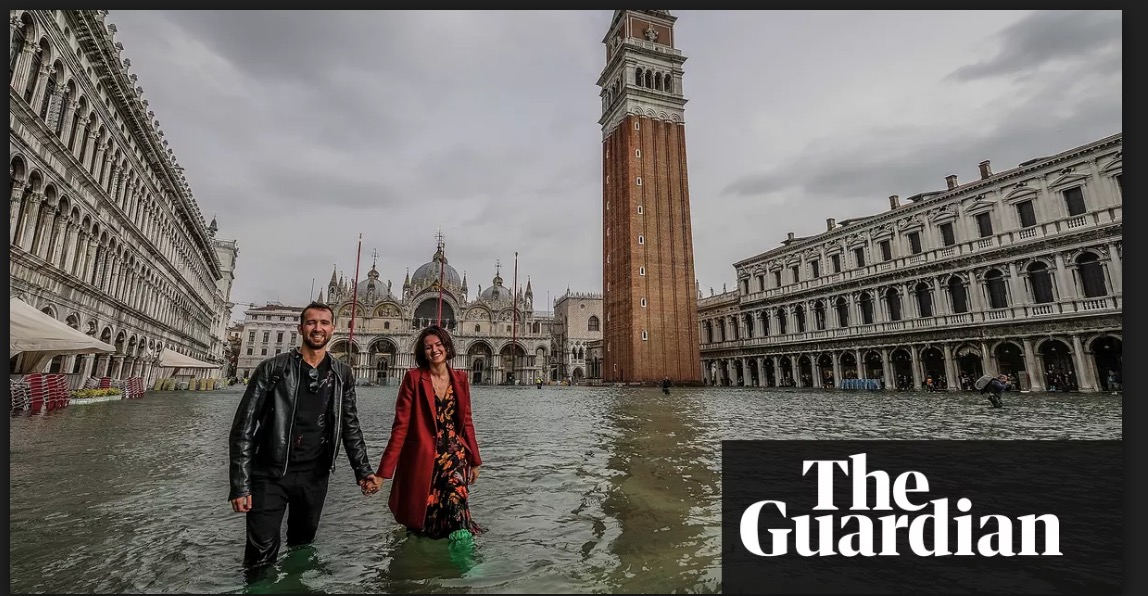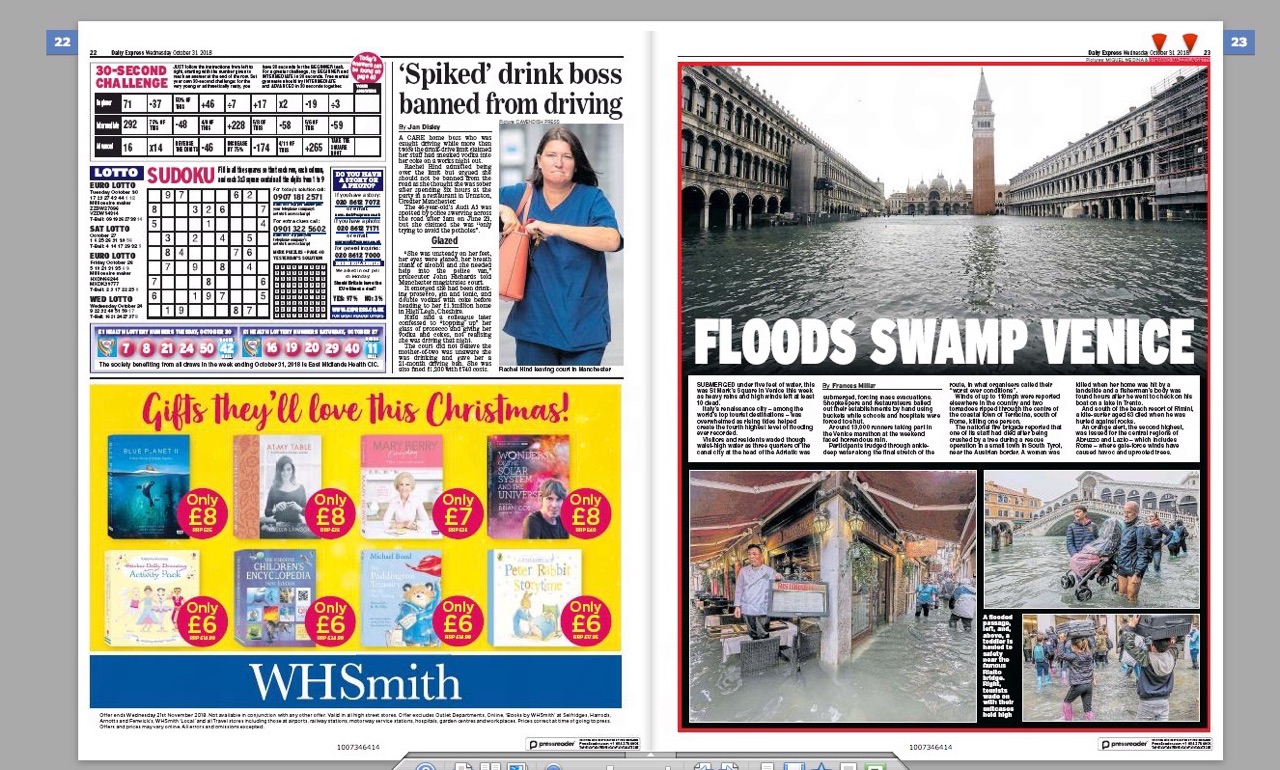£ Restaurants
La Bottega ai Promessi Sposi
Though it’s well hidden, off the busy Strada Nuova, it’s easy to spot this restaurant: the locals spilling out into the calle, wine glass and cicchetto in hand, say it all. Whether you perch at the counter (the bar stools are hotly contested) or bag a table in the dark interior, you’ll eat excellent, unfussy fare – seafood and meat – served by a dedicated, enthusiastic team. The menu changes daily but generally manages to include some Venetian stalwarts. The ample choice of meat-free antipasti keeps vegetarians happy too.
Address: 4367 Cannaregio, calle dell’Oca Contact: 041 241 2747 Prices: Around €30/£25 a head for a full meal.
Ristorante Diana
Good inexpensive lunch or dinner sitting on the side of a quiet canal in Cannaregio!
Address:2519 Cannaregio, fondamenta de la Misericordia , Venice, Italy Contact: 392 3623092 Prices: Around €13 For Fixed Price Menu
Trattoria La Misericordia
A nice restaurant. Lovely food, excellent service. Little extras such as the free aperitif and digestive and bruschetta made us feel very welcome. Lovely location, away from the crowds, next to a canal, on the way to the Jewish Ghetto
Address:2515 Cannaregio, fondamenta de la Misericordia , Venice, Italy Contact: 0418391729 Prices: Around €13 For Fixed Price Menu
Trattoria Chinellato
If you want a good and inexpensive lunch . First course and second course for about 12 euros/person including a cup of coffee or a dessert this is the place .And you will experience an atmosphere of a positive and good service in a flash !!! The lady who I think is the owner is talking all the time and I was so exciting watching how well all thing worked ...fast !! The food is good tasting . It is those small restaurants you shall visit to feel genuine Italian food and atmosphere. Staff and owners working here makes you feel welcome
Address: Centro Storico calle dei Albanesi No. 4227, Venice, ItalyContact: +39 0415236025 Prices: Around €13 for Fixed Price Menu
Al Nono Risorto
Don’t come here for peace and quiet, or refined service for that matter, but if you want good pizza served up in convivial surroundings – plus the bonus of a garden courtyard with outside tables – then this evergreen budget option certainly delivers . As well as all the pizzas there are a few pasta dishes and classic meaty main courses.
Address: Santa Croce 2338, Sotoportego di Siora Bettina. Contact: 041 524 1169. Prices: €20 should cover a starter, a pizza and a beer. Opening times: Noon-2.30pm, 7pm-11pm. Closed all day Wed, and Thu lunch. Reservations: Not usually necessary. Payment type: Cash only.
££ Restaurants
Antica Trattoria Bandierette Run by two sisters and relative husbands is a fantastic place. Specialty is fish, You can tell this is a place where the emphasis is on what is fresh and in-season. The menus had a moderate selection and you could tell they were typed up at home. Dishes ranged from €6-18. They have Set Menus from €13I had a wonderful Gnocchi and Capesante. I have never had such sweet, tender capesante in my life! The Frittura Mista is out of this world. Bandierette's food shows that you don't need a lot of ingredients or fancy presentation to enjoy good food. Start with a few quality items and let them shine through on their own with a simple preparation and you have a wonderful meal!
Address: Barbaria delle Tole, Castello 6671 Phone: 041 522 06 19
Ristorante Riviera
This comfortable, intimate restaurant, with seating inside for 30, is just a few steps from the Accademia, facing the Giudecca canal right in front of the Mulino Stuky. Here you can savour the delights of Venetian cuisine presented with refinement and attention to detail, in a balance between tradition and innovation. Monica and Luca, the young owners, invite you to savor their specialties on the splendid terrace (seating for 50) at the Zattere from the very first sunny days of January Closed Monday Average price € 35.00 – 45.00 (excluding wine and drinks)
Address Dorsoduro 1473, Zattere Venice tel 041 5227621 fax 041 2447722
Ristorante Le Testiere
Bruno and Luca have been friends for years, sharing a love of good cooking and fine wine. After working in various historic restaurants in the city, Bruno set up the osteria in 1993 and Luca soon joined him. The antipasti, first and second courses are all exclusively of the freshest fish, preferably local, prepared with a dash of creativity and an eye to tradition. The use of spices and aromatic herbs from the lagoon islands and the littoral recall the ancient recipes of the Serenissima while also adding a touch of modernity. The sweets are all made on the premises with simple but tasty ingredients. The wine list offers about a hundred labels, mainly from small local winemakers. The menu changes several times … a day, so is spoken, immediately creating a magical synergy between host and guest. There are only 9 tables, which is perhaps the real secret of this small osteria just a few steps from St Mark’s and from Rialto.
Information Closed Sunday and Monday Average price € 45.00 (excluding wine and drinks)
Address Castello 5801 San Lio, Calle del Mondo Novo
Vini da Gigio Paolo and Laura, a brother-sister team, run this refined trattoria as if they've invited you to dinner in their home, while keeping the service professional. Deservedly popular with Venetians and visitors alike, it's one of the best values in the city. Indulge in pastas such as rigatoni with duck sauce and arugula-stuffed ravioli. Fish is well represented—try the sesame-encrusted tuna—but the meat dishes steal the show. The steak with red-pepper sauce and the tagliata di agnello (sautéed lamb fillet with a light, crusty coating) are both superb, and you'll never enjoy a better fegato alla veneziana (Venetian-style liver with onions). This is a place for wine connoisseurs, as the cellar is one of the best in the city. Come at lunch or for the second sitting in the evening, to avoid being rushed
Address: Fondamenta San Felice, Cannaregio 3628/A, Venice, 30121 | Map It Phone: 041/5285140 Website: www.vinidagigio.com Vaporetto: Vaporetto: Ca' d'Oro. Location: Cannaregio
Corte Sconta
The Corte Sconta is now an important point of reference on the Venetian restaurant scene. Quality and freshness are ensured by using strictly seasonal products, attentively served in a space more geared to function than to form. Try the antipasti, from clams with ginger, with gorgonzola or on their own, to baccalà mantecato and sardines in saor; savour the lightness of our own pasta made fresh daily combined with seafood and vegetables delivered every day; don’t miss the lightest, crunchiest mixed fried fish, and don’t forget the sweets (real temptations). Accompanied by a wine chosen from our interesting wine list, with limited mark-up, the entire meal will offer you a pleasant memory and another reason for coming back to Venice.
Information Closed Sunday and Monday Average price € 60.00 (excluding wine and drinks)
Address Castello 3886, Calle del Pestrin (Arsenale) Venice tel 041 5227024 fax 041 5227513
Anice Stellato
Anice Stellato sits as the Al Timon on a very nice canal in Cannaregio. Tops on my list of Venice fish restaurants is L'Anice Stellato in the Cannaregio on Fondamente de la Sensa. Using spices more familiar on far Eastern menus (Anice Stellato means "star anice" a major component of five-spice powder), the chef manages to bring the flavors together in a way that brings home the idea that you're sitting upon the western edge of a major old eastern trade route.
Anice Stellato Fondamenta de la Sensa, Cannaregio 3272 Venice, Italy Closed Mondays and Tuesdays Telephone: (+39) 041 720 744
Al Timon Nice, busy and trendy place on a canal in the Cannaregio area. For me due to prices and style does not qualify as a traditional Bacaro but more as a trendy restaurant. At the same time do not expect a formal restaurant! Food and Wine are good, and you are right on the water!
Fondamenta Ormesini | 2754, 30121 Venice, Italy
Trattoria Altanella
President François Mitterrand of France used to eat here whenever he was in Venice. But the real draw at this sweet and cozy trattoria, which has been in the same family for 104 years, is the delicious homemade gnocchi, served with tomatoes or nero di sepia (squid ink). Address Calle delle Erbe, 268, Giudecca, Venice, 30133 Phone 39-041-522-7780 Cuisine Venetian Seafood Price Average meal per person 40€ ($51) without wine
La Zucca
This alternative trattoria in San Polo (5) has been going for years, but time has eroded none of its charm, value for money, or culinary bravura. The interior, with its slanted oak panneling, comes on a little like a designer Alpine chalet, but the bottle-lined shelves and paper placemats are pure Venetian bacaro. Unusually for Venice, the menu features as much meat and game as fish, and it also includes several vegetarian options, such as the sformato (a pastry-less quiche) of potatoes and broccoli with smoked ricotta. Service is laid-back but friendly. The few outside tables are sought-after.
Address: Santa Croce 1762, Ponte del Megio. Contact: 041 524 1570; www.lazucca.itPrices: €35 a head with house wine. Opening times: Mon-Sat, 12.30-2.30pm, 7pm-10.30pm. Closed Sun. Reservations: Recommended. Payment type: Cards accepted.
£££ Restaurants
Gran Caffè Quadri
Marcel Proust used to bring his mother to Quadri (2) for lunch, and the French wordsmith would no doubt feel quite at home today in these classically plush surroundings, with their extraordinary view over St Mark’s Square. Since the recent advent of the Alajmo brothers from Padua, however, Proust might be surprised at what he found on the plate.
Address: 121 San Marco, Piazza San Marco. Contact: 00 39 041 522 2105, www.caffequadri.itPrices: Expect to pay at least €150 a head for three courses, without wine. Opening times: 12.30-2.30pm, 7.30-10.30pm Tue-Sun. Closed Mon. Reservations: Essential. Payment type: Cards accepted
Osteria di Santa Marina
Wherea beer costs more or less 18 but where the quality of food and service is reliably high, whether you are a regular or just passing through. On a pretty square a short wiggle north of the Rialto, the Osteria does what might be described as “Creative Venetian” cuisine (sea bass ravioli in mussel and clam broth ) – nothing too fancy, but with an edge of refinement that lifts it well above the uninspiring Venetian norm. The outside tables are lovely, but on sticky summer days the air-conditioned interior can be a better option.
Address: Castello 5911, Campo di Santa Marina. Contact: 041 528 5239 Prices: €70/90 a head with a decent bottle. Opening times: Mon, 8pm-11pm; Tue-Sat, noon-2.30pm, 8pm-11pm. Closed Sunday. Reservations: Recommended. Payment type: Cards accepted.
OUTSIDE VENICE
The Al Gatto Nero restaurant was opened in 1965 when the current owner, Ruggero Bovo, took over an old, popular osteria on the island of Burano. Ruggero and his wife, Lucia, then gradually transformed the old meeting place into a restaurant recommended by the most authoritative restaurant guides, presenting simple dishes but with a focus on quality and local lagoon products. The wine list is entrusted to their son Massimiliano, who has created a fine selection of wines to magnificently accompany every dish.
Information Closed on Moday Average price € 40.00 – 60.00 (excluding wine and drinks)
Address Via Giudecca 88, Burano Venezia tel 041 730120 fax 041 735570


